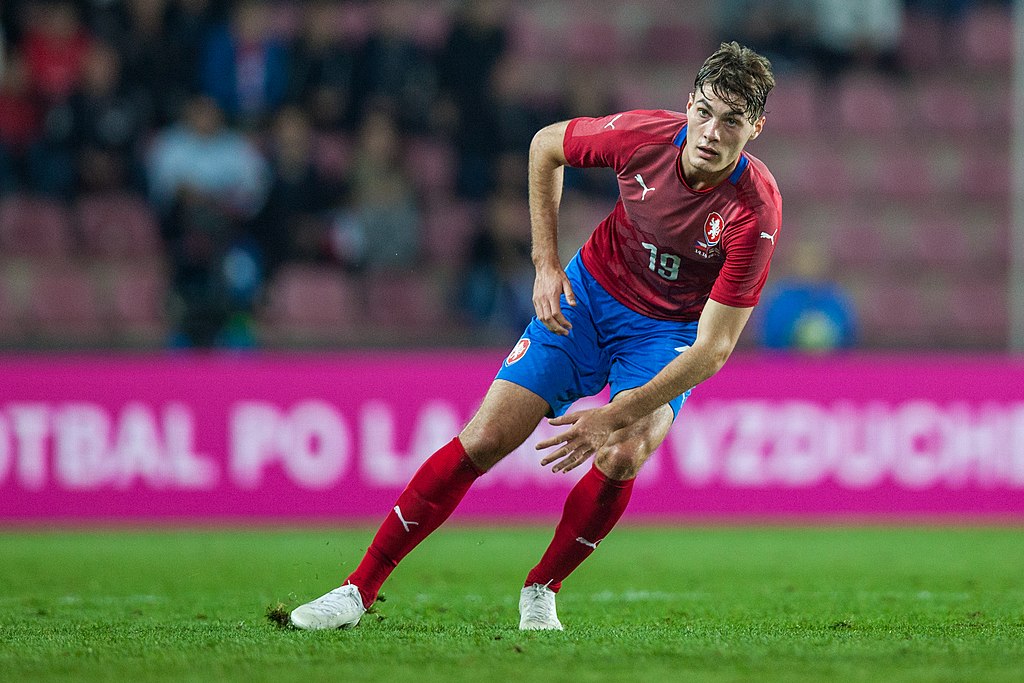
In 2014, Russia invaded and annexed Crimea, a strategically located peninsula in neighboring Ukraine. While Russia widely disputed the characterization as an annexation, most of the world — and Ukraine — did not. As a result, Russia was banned from the Group of Eight — they have not been reinstated — and the UN rejected the annexation and the related referendum to make Crimea a part of Russia.
To increase their influence in the region, Russia turned to the global game: soccer. Two Ukrainian clubs, SC Tavriya Simferopol and FC Sevastopol, suddenly became Russian: their names were switched to TSK Simferopol and SKChF Sevastopol, and all players were swapped with Russians.
Ukraine’s Football Federation complained about the move, as, according to the UN, Crimea was not legally a part of Russia. On the soccer side, the clubs couldn’t switch federations unless approved by FIFA and UEFA, which had not happened.
UEFA was in a tricky situation — allowing the clubs to play in Russia would cause an international backlash, but they also did not want to upset Russia. After all, Russia was hosting the next World Cup (2018), Gazprom had recently become sponsors of the Champions League, and many of FIFA’s higher-ups, like Sepp Blatter and Gianni Infantino, have a (not at all sketchy) friendship with Russia’s President Vladimir Putin.
In the end, UEFA took a somewhat weak stance: the clubs were banned from playing in Russia, but couldn’t play in Ukraine either. Instead, a specific league was established—the Crimean Premier League. The clubs used Russian names and mostly Russian players, but, on paper, they were not Russian. For years, this semi-compromise has been in effect.
However, in 2022, Russia officially invaded Ukraine. This time, the response from the sport was significantly stronger: Poland and Sweden refused to play Russia in World Cup qualifiers, eventually resulting in Russia’s expulsion from the tournament. Russian clubs were also kicked out of UEFA competitions — they have not been invited back — and Gazprom and several other Russian sponsors were shown the door.
The fighting has continued in Ukraine and Russia, but it increasingly looks like Russia is fighting a losing battle. Reports of unrest at home have also weakened Russia’s usually strong patriotism, while the national team, another source of pride, has been reduced to friendlies against largely Russian allies. To counter this, the Russian Football Union has made a bold (and illegal) move: adding clubs from Crimea back into the league system.
The tweet, from Ukrainian football experts Zorya Londonsk, shows the table of the FNL 2, the fourth tier of Russia. SKChF Sevastopol, one of the clubs that “became” Russian in 2014, returns to the league, while Rubin Yalta, one of the clubs in the Crimean Premier League, is also in the league. As the FNL 2 website rather calmly states, “It was decided to issue an FNL certificate to Rubin Yalta and Rubin-2 clubs. Earlier, FC Sevastopol was also certified.”
This is the second time they have attempted this clear violation of the rules, and UEFA and FIFA have to take some of the blame. The decision to create a league for Crimea opened up the opportunity for the Russian Football Union to invest and make the clubs more Russian, eventually allowing them to introduce the clubs to the Russian league system.
The Ukrainian Premier League has — again — complained to FIFA about allowing this to happen, stating that “the acceptance of Crimean teams into Russian football only legitimizes the annexation and appropriation of the territory of another country.” They have requested the clubs in Crimea stop playing, and for UEFA and FIFA to stop recognizing the Russian Football Union.
This time, UEFA and FIFA need to take action and respond to the Ukrainian Premier League’s requests, as well as consider further punishment. The Russian Premier League still spends millions on signing new players from around the world, and these players are still allowed to participate in international fixtures. The Russian national team is still allowed to play, too, featuring in friendlies against Iran and Iraq.
Both UEFA and FIFA have been criticized heavily for their lack of action in response to global issues. This is one they can’t afford to mess up.
–
Image Courtesy of Football.ua, CC BY-SA 3.0 GFDL, via Wikimedia Commons.









